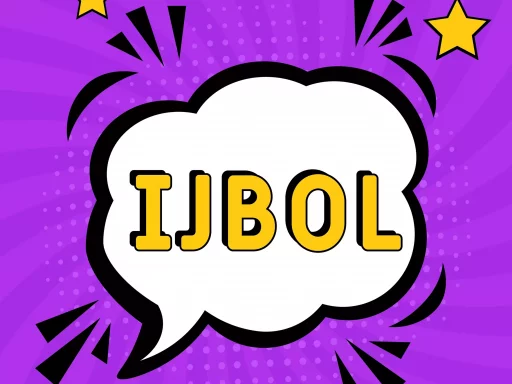Introduction
RSS, which stands for Really Simple Syndication, is a technology that allows users to subscribe to and receive updates from their favorite websites or blogs without having to visit them manually. This article will explore what RSS means in text and how it can benefit both users and content providers.
What is RSS?
RSS is a way for websites to distribute their content in a standardized format. This content can include news articles, blog posts, podcasts, videos, and more. Users can subscribe to an RSS feed using a feed reader or aggregator, which will automatically fetch and display the latest updates from the subscribed websites.
How does RSS work?
When a website publishes new content, it is added to the site’s RSS feed. The feed contains metadata about the content, such as the title, author, publication date, and a summary. Users who have subscribed to the feed will receive notifications or updates in their feed reader whenever new content is published.
Benefits of using RSS
- Save time: Instead of visiting multiple websites to check for updates, users can access all their favorite content in one place.
- Stay updated: RSS feeds provide real-time updates on new content, ensuring that users don’t miss any important information.
- Customizable: Users can choose which websites they want to subscribe to and organize their feeds based on their interests.
Examples of RSS feeds
Popular websites like BBC News, The New York Times, and TechCrunch offer RSS feeds for users to subscribe to. Bloggers and content creators also use RSS to distribute their content to a wider audience.
Case studies
Case study 1: A marketing agency uses RSS feeds to monitor industry news and trends, allowing them to stay ahead of the competition and provide valuable insights to their clients.
Case study 2: A personal finance blogger uses RSS to follow top financial news websites and share curated content with their audience, increasing engagement and traffic to their blog.
Statistics on RSS usage
According to a survey by FeedBurner, over 43% of internet users use RSS feeds to stay informed about their interests. RSS usage is particularly high among professionals, journalists, and bloggers who rely on up-to-date information for their work.
In conclusion, RSS is a powerful tool for both users and content providers, offering a convenient way to access and distribute information. By understanding what RSS means in text and how it works, you can make the most of this technology to stay informed and connected in a fast-paced digital world.






